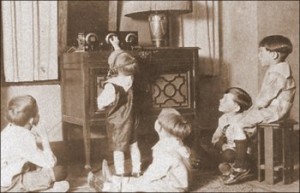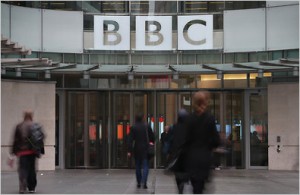
(Photo source: NY Times)
(Source: CS Monitor)
Britain’s BBC could be doomed unless it makes radical changes, the head of its governing trust said on Sunday, after its director general quit to take the blame for the airing of false child sex abuse allegations against a former politician.
Chris Patten, chairman of the BBC Trust, said confidence had to be restored if the publicly funded corporation was to withstand pressure from rivals, especially Rupert Murdoch‘s media empire, which would try to take advantage of the turmoil.
“If you’re saying, ‘Does the BBC need a thorough structural radical overhaul?’, then absolutely it does, and that is what we will have to do,” Patten, a one-time senior figure in Prime Minister David Cameron’s Conservative Party and the last British governor ofHong Kong, told BBC television. [continue reading…]
(Source: NY Times)
[…]Mr. Patten, 68, a former Conservative cabinet minister who gained a reputation for feisty independence when he was Britain’s last colonial governor in Hong Kong, said critics of the BBC should not lose sight of its reputation at home and abroad for impartial, trustworthy journalism.
“The BBC is and has been hugely respected around the world,” he said. “But we have to earn that. If the BBC loses that, then it is over.”
Public confidence in the broadcaster has slumped further in opinion polls in the wake of its coverage of a scandal involving allegations of abuses by a senior politician at a children’s home in Wales in the 1970s and ’80s. But the British public would not support breaking up the BBC, Mr. Patten said, adding, “The BBC is one of the things that has come to define and reflect Britishness, and we shouldn’t lose that.”
Barely 12 hours earlier, Mr. Patten stood outside the BBC’s new billion-dollar London headquarters with George Entwistle, the departing director general, as Mr. Entwistle announced his resignation after only eight weeks in the post to atone for his failings in dealing with what he called “the exceptional events of the past few weeks.”
Mr. Entwistle’s resignation was prompted by outrage over a Nov. 2 report on “Newsnight,” a current affairs program, that wrongly implicated a former Conservative Party politician in the pedophile scandal. Responding to reports that the “Newsnight” segment was broadcast without some basic fact-checking that would have exculpated the 70-year-old, retired politician it implicated, Alistair McAlpine, Mr. Entwistle said it reflected “unacceptable journalistic standards” and never should have been broadcast.
[…]
More immediately, the BBC has to deal with a rebellious mood in its own ranks. Over the past 48 hours many of the BBC’s top journalists and presenters have unleashed angry outbursts against the broadcaster’s management, mainly directed at Mr. Entwistle and Mr. Thompson for what the employees have called a pattern of failed leadership. A persistent complaint has been that reforms initiated in the 1990s have created a vast hierarchy of overpaid managers who were insulated from programming decisions.
It was a critique Mr. Patten endorsed in his remarks on the Marr show, saying at one point that “there are more senior leaders in the BBC than in the Chinese Communist Party.” Jonathan Dimbleby, a well-known presenter, said on the same show that because of the layers of bureaucracy between Mr. Entwistle and the “Newsnight” producers, “George was at the receiving end of nothing, when he should have known everything.”
[continue reading…]
–a new addition to the Degen shortwave product line. The DE32
is unique in that it has a (nearly retro) analog radio dial for tuning across the FM/AM/Shortwave bands, yet features MP3 playback.

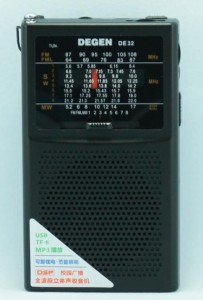
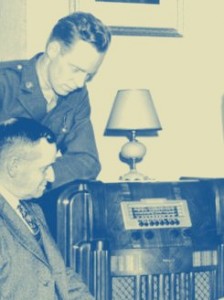 I’ve always believed that, over time, the process of listening through static to hear a distant shortwave broadcast, has been good for not only increasing my listening skills in general, but has been healthy for the grey matter. Seth S. Horowitz, auditory neuroscientist at Brown University, has just substantiated this belief in his NY Times piece,
I’ve always believed that, over time, the process of listening through static to hear a distant shortwave broadcast, has been good for not only increasing my listening skills in general, but has been healthy for the grey matter. Seth S. Horowitz, auditory neuroscientist at Brown University, has just substantiated this belief in his NY Times piece, 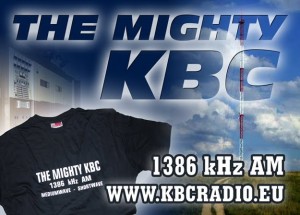 (Source: The Mighty KBC)
(Source: The Mighty KBC)
